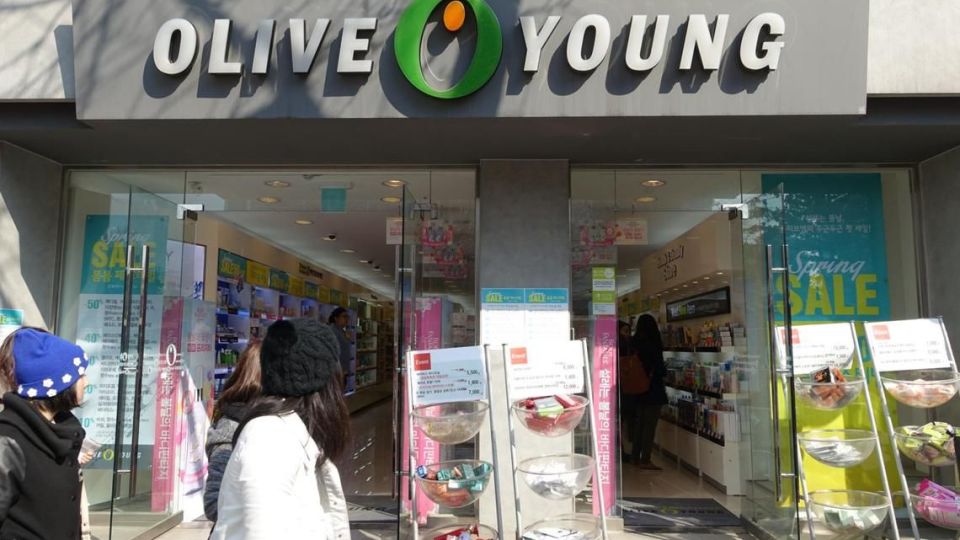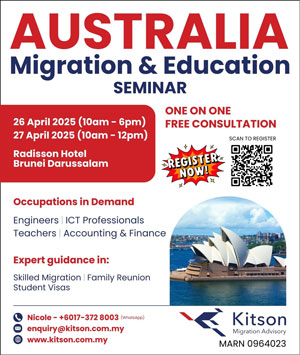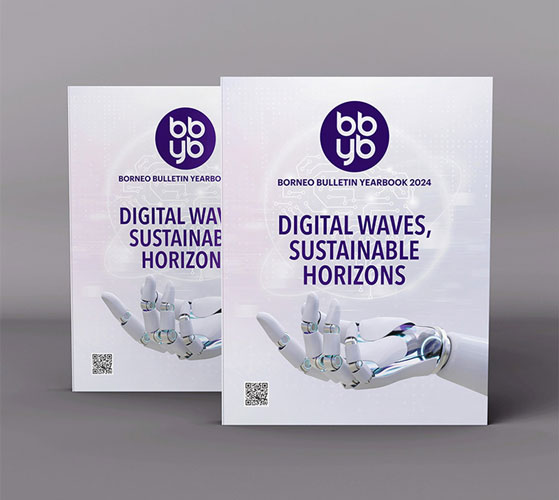SEOUL (ANN/THE STRAITS TIMES) – American tourist Jonathan Ko made a beeline for Olive Young’s flagship store in Myeongdong, Seoul, during his first trip to South Korea this week. The 34-year-old from Los Angeles, California, usually orders Korean skincare products online, but with looming US tariffs driving up prices, he spent KRW500,000 (SGD463) on sunscreen, face masks, and creams to take back home.

“The tariffs driving up prices for everything” prompted his decision to stock up during his one-week holiday, he told The Straits Times on April 17 outside the popular beauty retailer.
Reports in American media indicate a surge in panic buying of K-beauty products by US consumers following President Donald Trump’s tariff announcement on April 2. A Washington Post report highlighted South Korean sunscreen as a sought-after item, while The Atlantic magazine ran a piece titled “My Snail Mucin is Caught in a Trade War.” Beauty publications like Allure and Vogue also discussed the potential price hikes due to the tariffs.
Online forums like Reddit have seen users recommending South Korean-made sunscreen as a “must-buy” before prices increase, with many expressing their intent to stock up on their favourite products. South Korean sunscreens are particularly popular in the US for their lightweight formulas and perceived superior efficacy compared to domestic alternatives.
South Korea faces a 25 per cent reciprocal tariff rate from the US, one of the highest among countries with existing free trade agreements. However, the US has since paused these reciprocal tariff hikes, excluding those on China, for 90 days until July 8. Seoul is sending high-level officials to Washington next week for tariff talks.
South Korea’s K-beauty exports reached a record USD10.2 billion in 2024, with the US being its second-largest market after China. E-commerce sales of South Korean sunscreen alone are projected to grow significantly.
In response to the strong demand and potential tariffs, major South Korean original design manufacturers (ODMs) are increasing production at their US factories. Meanwhile, domestic giants like LG Household and Health Care and Amorepacific are monitoring the situation before deciding on price adjustments for their US-bound products. Amorepacific is even considering expediting plans to establish US production facilities.

Smaller K-beauty players, however, are expressing more immediate concerns about the impact of the tariffs. KraveBeauty’s founder Liah Yoo warned of a “historic shift” that will make K-beauty products less affordable. She also highlighted the potential impact of US tariffs on Chinese goods, given that many K-beauty brands source packaging from China.
Experts suggest that the financial burden of the tariffs will likely be shared among Korean manufacturers, US distributors, and American consumers. University of California San Diego economics professor Lee Mun-seob believes that American consumers will bear a significant portion of the cost due to the unique and sought-after features of K-beauty products.
For American consumers like Jonathan Ko, higher prices seem to be an unavoidable consequence of the ongoing trade tensions. “It is an unfortunate reality that we will have little choice but to pay more for clothes, shoes… everything! Everyone will be suffering,” he said.




